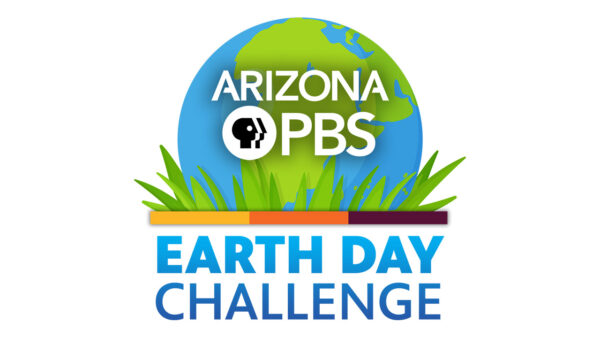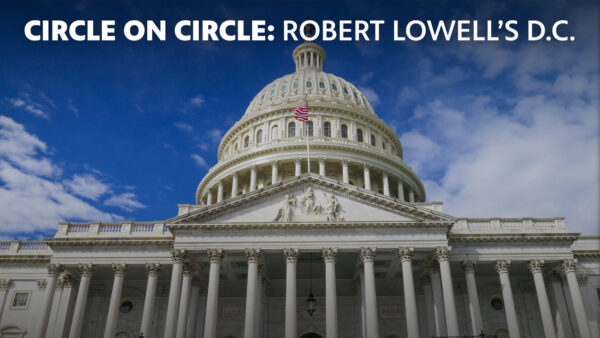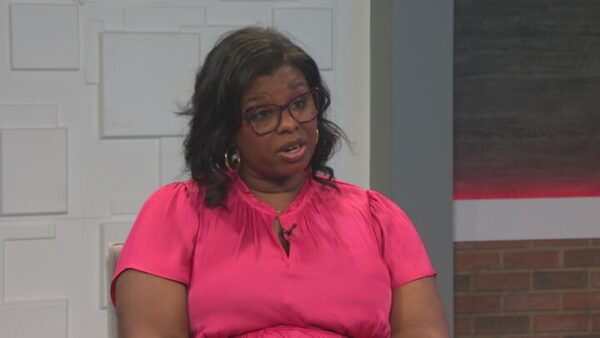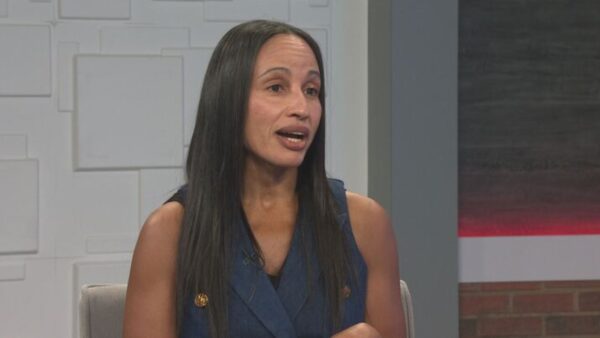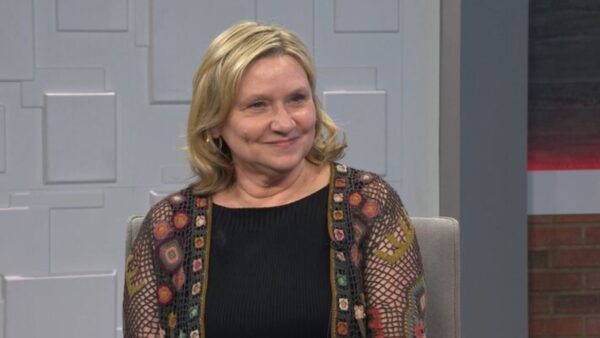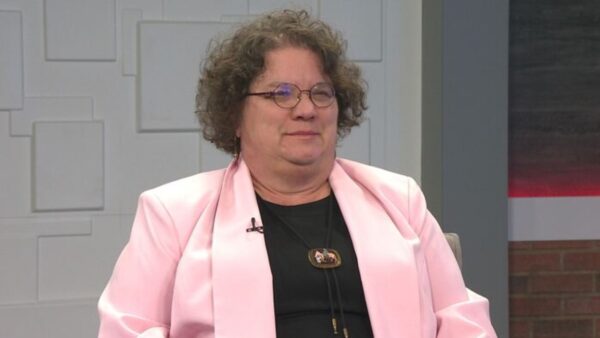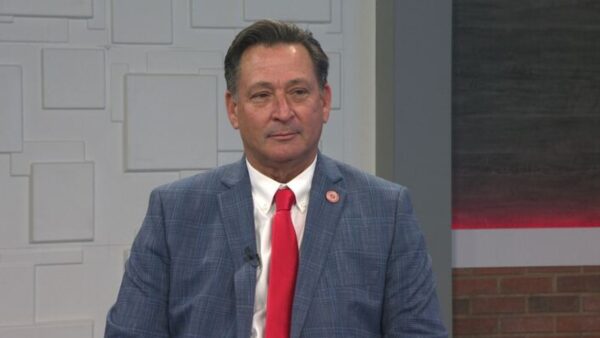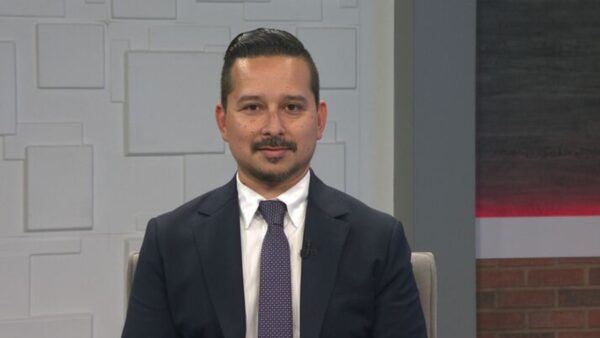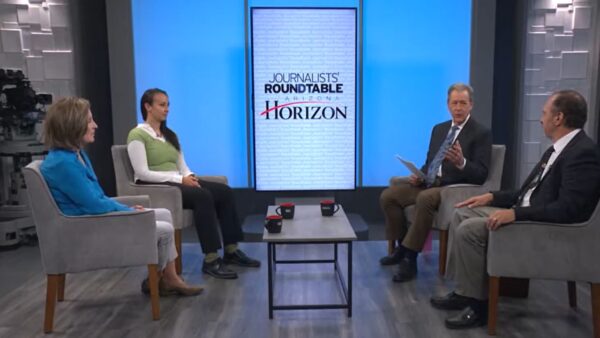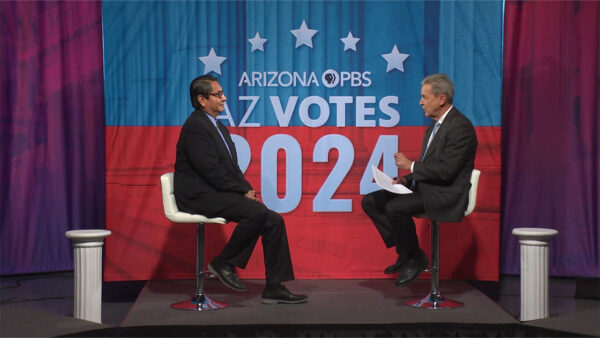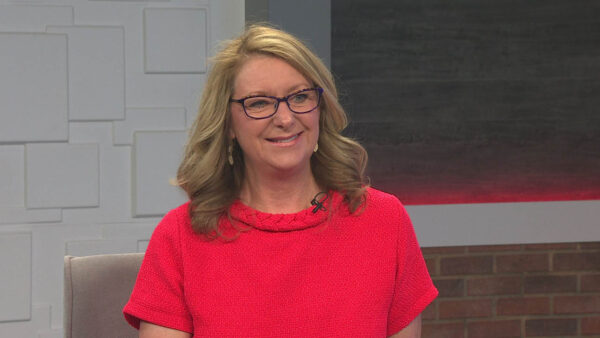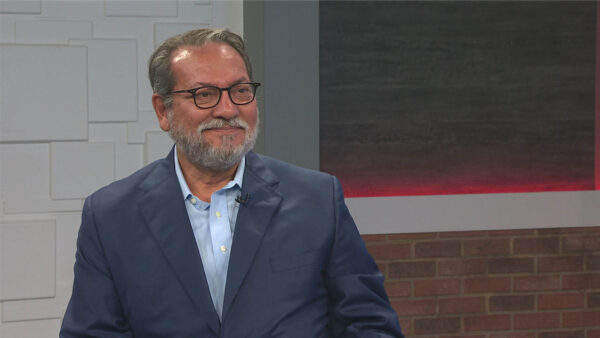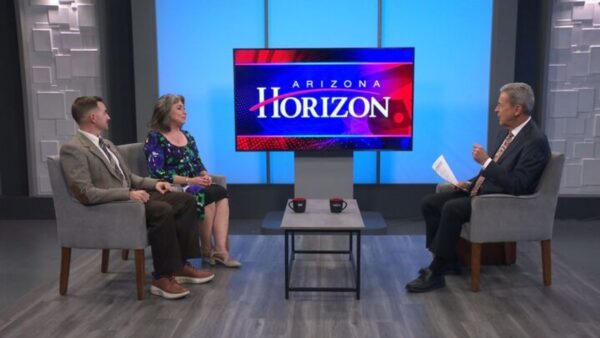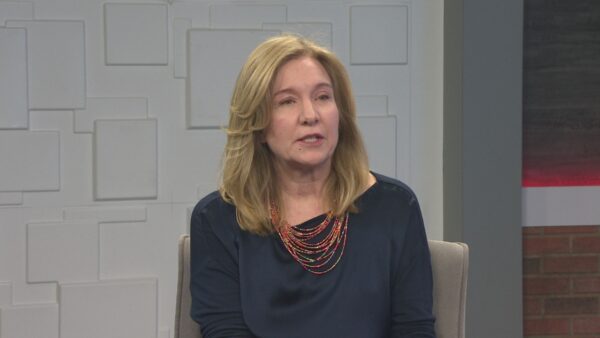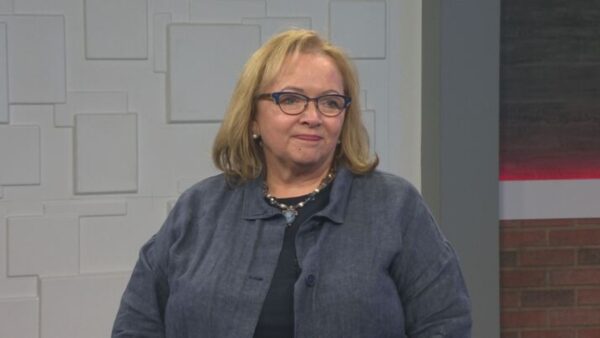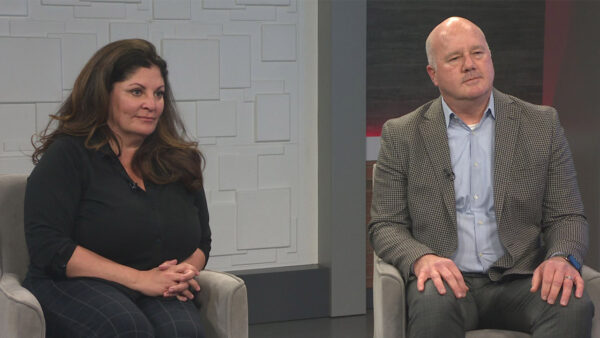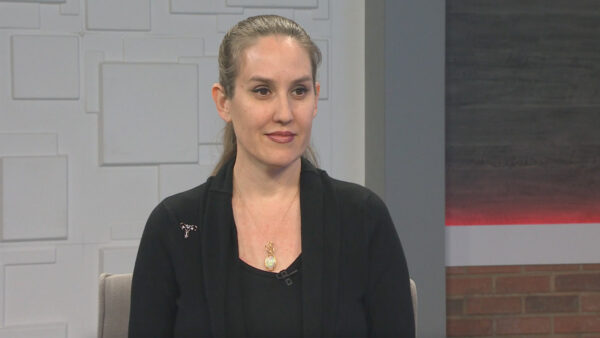For centuries, the Mandan Indians lived in busy towns on the upper Missouri River and were the center of the North American universe. However, not much was known about the Mandan people. Elizabeth Fenn, a University of Colorado Boulder history professor, has written a book about the Mandan for which she was awarded a Pulitzer Prize. Fenn will discuss her book, “Encounters at the Heart of the World: A History of the Mandan People.”
Christina Estes: For centuries, the Mandan Indians lived in busy towns on the upper Missouri River, what is now present-day North Dakota, was at the time, the center of northern plains commerce. However, not much was known about the Mandan people. Their history is explored in a Pulitzer-prize winning book by University of Colorado Boulder history professor Elizabeth Fenn. It's titled Encounters at the Heart of The World, A History of the Mandan People. "Arizona Horizon" host Ted Simons talked with Fenn about her book.
Ted Simons: Thank you so much for joining us on "Arizona Horizon." Good to have you here.
Elizabeth Fenn: It's a pleasure to be here.
Ted Simons: Let's get started. There's so many aspects of this to ask about because this is not a very -- it's known but not necessarily well known. Who are the Mandan people?
Elizabeth Fenn: So the Mandan people live and lived on the upper Missouri river in what we know of as North Dakota and when we tend think of plains Indians we think about the Lakota warrior on horseback with the eagle headdress. Well, the Mandan people were agriculturalists. They lived in permanent villages in earth lodges, so they weren't the quintessential plains people that are so familiar to us largely thanks to Hollywood.
Ted Simons: And again, present day North Dakota pretty much? Centralized? Were they dispersed?
Elizabeth Fenn: They lived in central western North Dakota right where the towns of Mandan and Bismarck are today.
Ted Simons: When did they thrive?
Elizabeth Fenn: They probably reached their pinnacle in the mid- to late 1500s and then something happened.
Ted Simons: Before something happened, talk to us about their culture, social customs, religion, what do we know? Again back in the heyday, what we know of the tribe?
Elizabeth Fenn: Well, the most striking aspect of their lives was how important commerce was. I sometimes tell people to think of Mall of America but not tacky, you know, with the fabulous social and cultural life. Itinerant people would come and trade. It was like a permanent rendezvous site where everything went down.
Ted Simons: Interesting. As far as religion, any different than neighboring tribes?
Elizabeth Fenn: Oh, absolutely. They had a marvelous three to four day ceremony held every summer at least once every summer called the Okipa. It probably is a ceremony that gave birth to the Plains Sun Dance which some people know about. Three or four days of one ceremony in which they reenacted their entire origin story.
Ted Simons: And so in the 1500s, in the 16th century, were they working with other Indian people in the area, in the region? They were successful. How were they successful?
Elizabeth Fenn: They were successful by way of being agriculturalists. Mandan women cultured between nine and 14 varieties of maize. They also did it beyond the 100th meridian, which is the widely accepted limit of non-irrigated agriculture.
Ted Simons: They did it for quite a while but then as you mentioned something happened. What happened?
Elizabeth Fenn: In the late 1500s, something happened and we don't know what. But their population appears to have collapsed. It may have been drought. We do know there was a mega-drought, worse than the dust bowl that afflicted the plains in these years. It may also have been epidemic disease moving northward out of Mexico where the Spanish had begun colonization, and it may have spread through native trade networks. Europeans hadn't reached the Mandans but we expect the disease had.
Ted Simons: And when we're talking disease, we're talking smallpox, cholera, whooping cough?
Elizabeth Fenn: In this case we're probably talking about smallpox or measles, diseases that have long incubation periods and that helps a contagion travel because you've got a long period before you feel sick. You can move about.
Ted Simons: With that in mind, obviously, that pretty much can decimate a group of people. Were there other things happening as well or were those other things happening because the tribe was being decimated?
Elizabeth Fenn: We know there was drought to deal with and there were cycles of drought. Other changes involved, the arrival of the horse which came to the Americans that changed the way travel occurred. It changed domestic relations; horses were actually housed inside earth lodges in the winter. One of the most fascinating things I found, though, was the impact of the Norway rat, which arrived in the year 1825 aboard a U.S. army boat and proliferated and the reason it proliferated is because Mandan women stored their grain underground in these fabulous ground caches. They used ladders to descend into them and Norway rats burrow. And they consumed Mandan corn like it was going out of style.
Ted Simons: Isn't that something? Okay. So things are going bad and they're not getting better. What was the most challenging time for these people?
Elizabeth Fenn: The most challenging time by far had to be 1837-38 when another smallpox epidemic struck them, brought up the Missouri river by a steamboat and diminished their population from 1,500 to maybe two to 300.
Ted Simons: Did the Mandan people survive today?
Elizabeth Fenn: Absolutely! They are resilient. They have this rich resource in their cultural and social traditions that helps them persist so they absolutely survived today. They live in North Dakota as part of a three affiliated tribes, there's Mandan, Hidadza and Sanish.
Ted Simons: Interesting. So this book wins the Pulitzer Prize. Well, written, tremendous received, everyone sees the story there and finds -- what got you interested in the Mandan people?
Elizabeth Fenn: Well, I had encountered them working on research for an earlier book on a small box epidemic, and when I ran into the Mandans, I was floored. This is the time of the American Revolution, here's this major population way out in the west in North Dakota and I didn't know a thing about them. Why wasn't this a part of early American history, part of the American canon, if you will? Why do we only hear about the Mandans when Lewis and Clark get there? And so I thought what if I tried to rewrite American history from the perspective of the center of the continent and the people who occupied it?
Ted Simons: So how did you do research? Are there surviving members that have an oral tradition?
Elizabeth Fenn: I used every resource I could possibly put my hands on. I used oral traditions recorded in early 20th century ethnographies, I talked to Mandan people. Today, I had sort of a mentor in my friend Cedrick Redfeather who coached me about Mandan spiritual life and taught me about that. I used records like those left behind by Lewis and Clark. I used archeology, geology, I used everything I possibly could. Nutritional science, you name it.
Ted Simons: Anything surprise you in this research?
Elizabeth Fenn: The ability of Mandan women to raise and store corn and the capacity of their corn caches. There's one village archeologists have measured 70,000 bushels of corn.
Ted Simons: My goodness gracious. All right, before you go, you won the Pulitzer Prize for this book. That's heady praise there. Were you surprised at winning the prize and what do you hope the prize does for the Mandan and for history of the American Indian people in general?
Elizabeth Fenn: I was absolutely surprised by winning the prize. It came completely out of the blue. I didn't even know I was nominated. And it was a delightful moment and it is as you suggest a delightful moment for the Mandan people, too, to have their history recognized in this way. Now what do I hope comes out of it? I hope it reshapes American history a little bit. I hope it reminds people of the importance of Native Americans and that we really need to incorporate their history into our canon. This is American history. It's not just Native American history. It's American history.
Ted Simons: Very good. Good to have you here. Thank you so much for joining us. We appreciate it.
Christina Estes: And thank you for joining us. Have a good night.
Elizabeth Fenn:University of Colorado Boulder history professor

